ROMANIA
Plants and Animals

Plants and Animals

Cities in ROMANIA
| Brasov | Bucharest |
Plants and Animals
Plants
The foothills form a transition zone between two starkly contrasting vegetation areas: the densely wooded Carpathians and Transylvanian Alps and the plains steppes, which, however, have largely been reclaimed into arable land. Especially Wallachia, the Banat, and parts of Moldavia, Transylvania and the Dobruja are bare and vast.
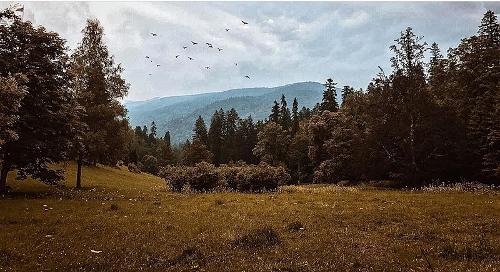 Forests RomaniaPhoto: Zaid.irshaid CC 4.0 International no changes made
Forests RomaniaPhoto: Zaid.irshaid CC 4.0 International no changes made
Forest covers more than 25% of the Romanian land area, especially in the hills and mountains. Coniferous wood predominates in the eastern Carpathians, in the southern Carpathians there are also many deciduous trees. Birches, different types of oaks, maples and poplars occur up to 1200 to 1440 meters; up to 1800 meters of pine, spruce and larch; between 1700 and 1900 meters altitude are typical ferns, hair grass and blueberry; above 1900 meters there are alpine meadows with low vegetation, such as gentians and bell and evening primroses.
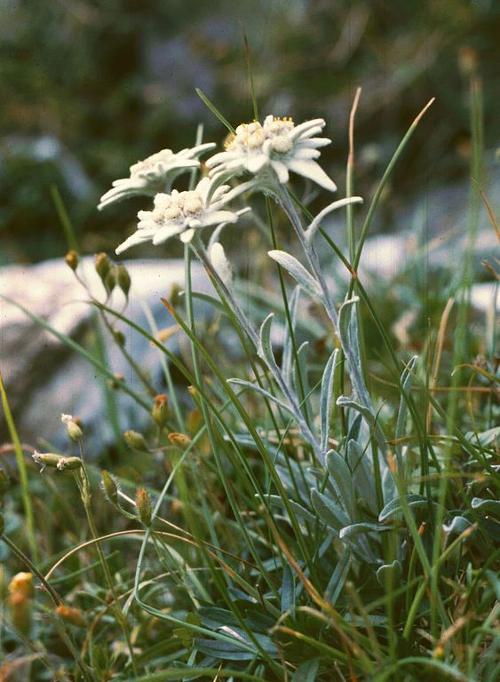 Edelweiss RomaniaPhoto: Franz Xaver CrC 3.0 Unported no changes made
Edelweiss RomaniaPhoto: Franz Xaver CrC 3.0 Unported no changes made
In total, about 1350 plant species have been counted in the Carpathians. Alpine varieties include yellow poppy, saxifrage, Trans-Silvian columbine and edelweiss, one of Romania's national flowers, in addition to the red peony and the dog rose.
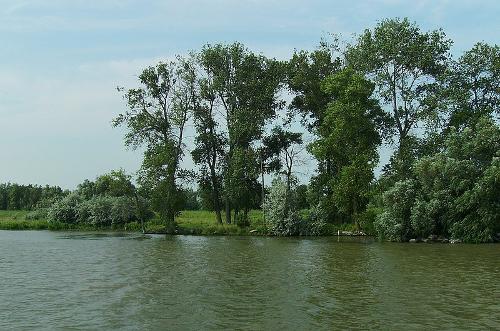 Letea forest, RomaniaPhoto: Moroyanu in the public domain
Letea forest, RomaniaPhoto: Moroyanu in the public domain
The Danube is lined with willows and poplars, except in the wide delta, where various types of reed are widespread, sometimes in the form of floating reed islands. Plant growth in the Danube Delta is very diverse, including yellow and white water lily, bulrush, floating fern, frog bite, swamp thistle and water mint. The Letea Forest, which lies in the delta, looks somewhat tropical with Grikek liana, ivy and Virginia creeper.
Animals
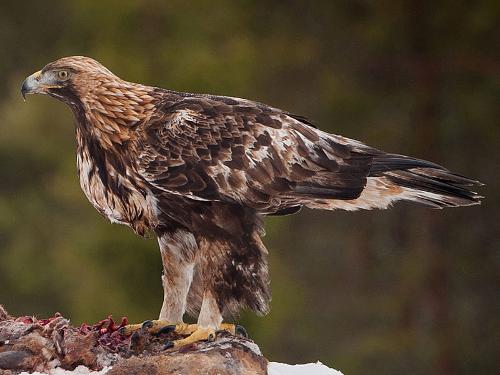 Golden eagle, RomaniaPhoto: Jarkko Järvinen CC 2.0 Generic no changes made
Golden eagle, RomaniaPhoto: Jarkko Järvinen CC 2.0 Generic no changes made
The animal world is a typical fauna of the Balkans: a mixture of Central, South and East European elements with Asian species such as steppe viper, white-tailed eagle, spotted and steppe brushing from the east.
The large national park in the Southern Carpathians (Western Romania) still houses chamois, brown bear (approx. 5400 specimens), carpathian deer, marten, lynx (2000), wolf (3500), golden eagle and nutcracker, and is therefore unique for Europe.
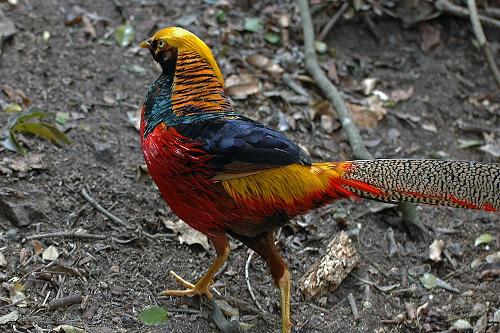 Golden Pheasant, RomaniaPhoto: PanWoyteczek CC 4.0 International no changes made
Golden Pheasant, RomaniaPhoto: PanWoyteczek CC 4.0 International no changes made
On the plains and in the hills you can find partridges, hares, foxes, deer, wild boars and badgers. In the beech forests there are about 100 bird species, including the green woodpecker, ring pigeon, gray owl and jay. In spruce forests live, among others, mountain rooster, hazel grouse, black woodpecker and golden pheasant.
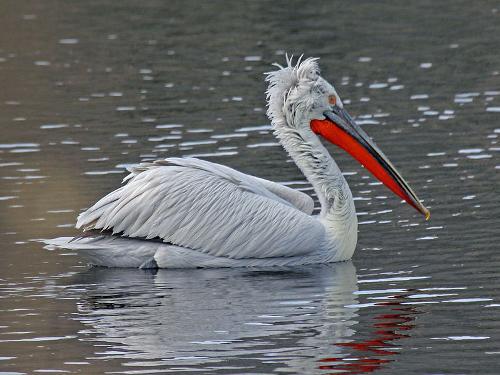 Dalmatian Pelican, RomaniaPhoto: Dickdaniels CC 3.0 Unported no changes made
Dalmatian Pelican, RomaniaPhoto: Dickdaniels CC 3.0 Unported no changes made
The large reserve in the Danube Delta on the Black Sea is rightly famous for its rich bird life including cormorants, ibises, storks, spoonbills, herons, ducks (including the white-headed duck), sea eagle, hoopoe, roller and kingfisher. It is also the only place in Europe where Dalmatian pelican colonies occur, and the Dalmatian pelican is therefore, next to the golden eagle, the national bird of Romania.
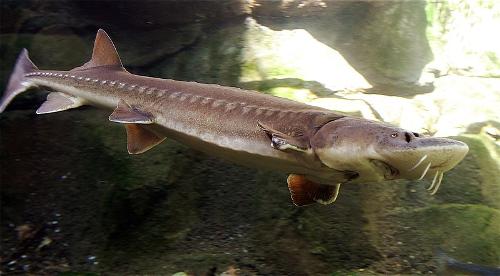 Sturgeon, RomaniaPhoto: Cacophony CC 3.0 Unported no changes made
Sturgeon, RomaniaPhoto: Cacophony CC 3.0 Unported no changes made
The Danube Delta is also a crossroads of five bird migration routes and about 300 bird species use this place to rest and eat, including the black coral. The delta is very rich in fish and contains about 100 species, including 6 sturgeons, carp, catfish, perch and pike. In the Black Sea, turbot, mullet and herring are fished and dolphins are also found.
Natural parks
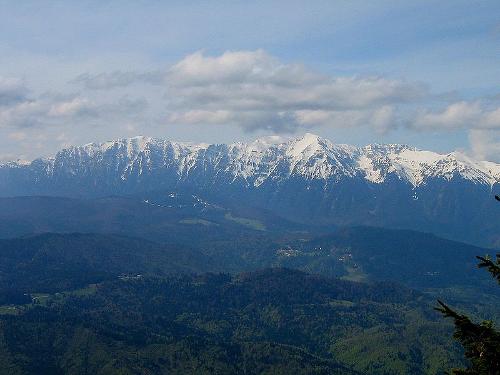 Bucegi National Park, RomaniaPhoto: Gabriel CC 2.0 Generic no changes made
Bucegi National Park, RomaniaPhoto: Gabriel CC 2.0 Generic no changes made
Romania has eleven national parks with a total area of almost 4000 km2. The oldest is the Retezat Park (10,000 ha), which was declared a national park in 1935. Approximately 900 plant species grow in the 10,000 hectare park. The highest peak is the Peleaga, 2509 meters.
There are also nearly 600 protected areas, most of which are in the Carpathians. Some well-known nature reserves are: Bucegi Nature Reserve, Piatra Craiului, Ceahlau Massif, Apuseni Mountains, Slatioara Reserve and Todirescu Flower Reserve. The latter reserve is a true splendor in July with tulips, wild hyacinth, yellow daffodil, daisy, chrysanthemum and the poisonous omagul (Aconitum anthora).
Sources
Bos, J.W. / Roemenië : mensen, politiek, economie, cultuur, milieu
Koninklijk Instituut voor de Tropen
Democratisering aan de Donau : Roemenië na de revolutie van 1989
Instituut voor Publiek en Politiek
Roemenië
Steunpunt Oost-Europa Projecten
Versteegen, J. / Roemenië
Gottmer
Williams, N. / Romania & Moldova
Lonely Planet
CIA - World Factbook
BBC - Country Profiles
Copyright: Team The World of Info